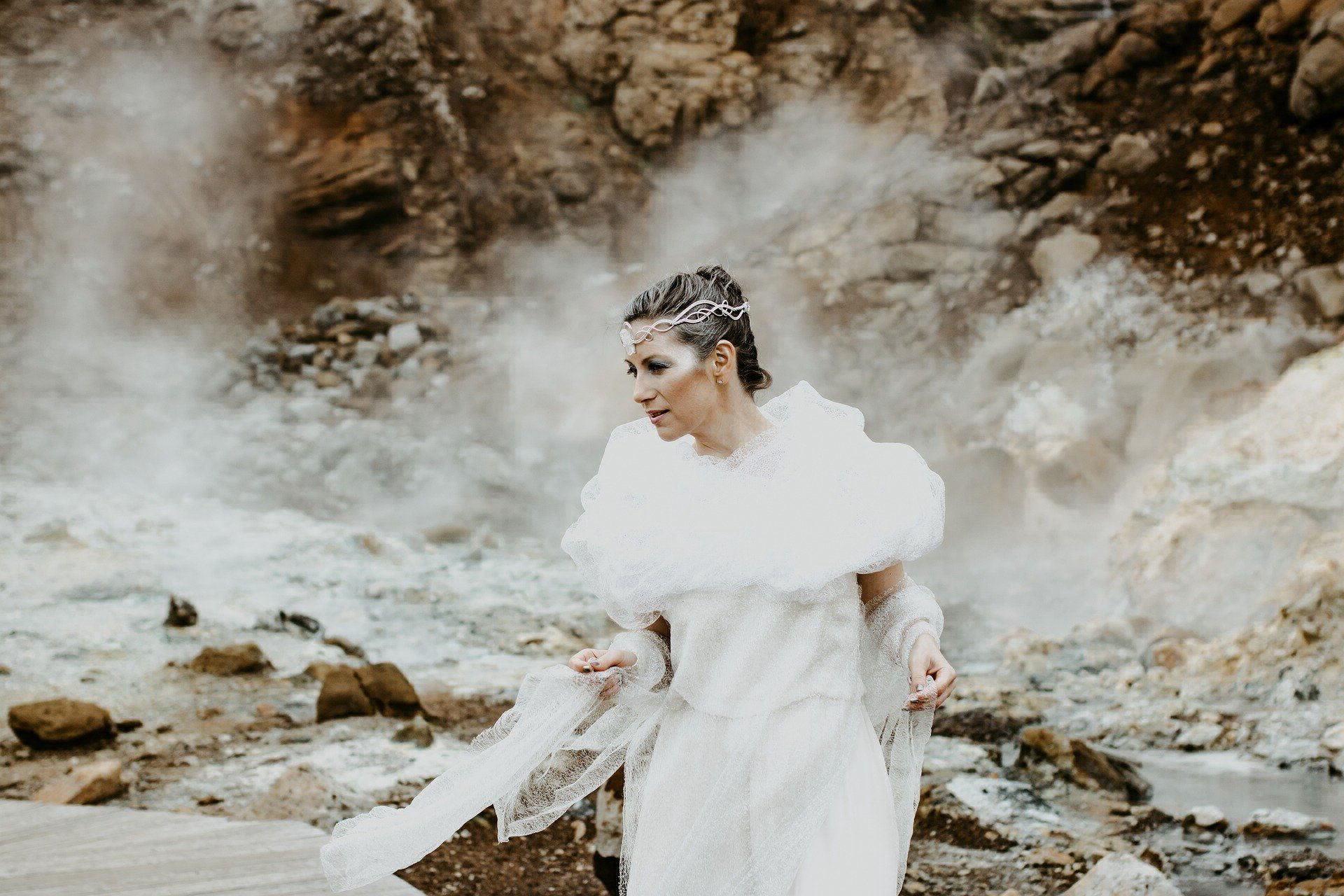A Brief History of the Ballerina Ballroom
By Martina Inghis
4 May 1372: The mist leaked around Andrew Calder’s legs as he stood on the ramparts of Nairn Castle gazing back up the river that slinked through the gorge below. The raw smells of the town and shouts of the market stall holders pricked his senses uneasily. The responsibilities of King Robert’s Sheriff weighed upon the shoulders of this young man whose heart was with the fertile farmland four miles to the south, to the west of the Castle of Raite. A cotter passed beneath leading a donkey to the market. A smile developed on Andrew’s lips as in that moment an idea occurred to him…..
~
Although fictitious, the scene described above could just as well be a true portrayal of history. It was when Andrew Calder, the third Thane of Cawdor, was the Sheriff and Constable of Nairn that legend declares he set a donkey upon a journey vowing to build a Castle wherever it lay down to rest for the night. The donkey lay next to a hawthorn tree by the Cawdor Burn where Cawdor Castle, with the tree still inside, stands today.
The Sheriff and Constable of Nairn was a hereditary position answerable to the King of the day. There were 30 or so sheriffs in Scotland and their duty was to keep order and collect the King’s taxes. It is reputed that the Castle used by the Sheriff of Nairn and founded in 1179 by William the Lion stood on the location of what is now the Ballerina Ballroom Cinema of Dreams. Indeed, the grand house immediately next door to the Ballroom is still known today as Constabulary Gardens.
So what of the Castle? Well, it is said that it soon fell into disrepair, possibly as a result of the family’s preference for their brand new Castle (with state of the art dungeon) at Cawdor. However, some of the original stone from the Castle in Nairn quite possibly still remains in some of the town’s buildings, perhaps even the Ballerina Ballroom itself.
The history of the site thereafter is somewhat unclear until the building that stands today was erected in 1873. Built for the people of Nairn, the Nairn Public Hall was officially opened with a grand ball on Friday 15 August 1873, 135 years to the day before the opening night of the Cinema of Dreams. It was unquestionably an impressive building with, for the day, relatively large first floor windows. At the very top was placed a fine statue of St Ninian, the Patron Saint of Nairn, although decay led to this more recently being removed to avoid the risk of it falling on the head of some unsuspecting Nairnite.
Directly above the first floor windows are three circular medallions, or depressions in the stone. The central one of these contains a bust of William Shakespeare, reportedly carved by a sculptor called Goodwillie. Those on either side were to have contained busts of George Frederic Handel and Robert Burns and so the arts of drama, music and song were to be represented. Unfortunately, perhaps the budget ran dry - or someone forgot – but the busts of Handel and Burns never appeared.
The Nairn Public Hall unquestionably was an active place for entertainment in late Victorian and Edwardian times. Photographs exist from that period of Bazaars under the auspices of three different groups and dancing was a common use. In 1966, music of a more modern era came to the building, by then known as the Ballerina Ballroom.
It was a gentleman by the name of Albert Bonici that brought the new wave music scene to the North of Scotland. Clearly a cunning impresario, Bonici scored a coup when he obtained the exclusive Scottish rights to appearances by the Beatles (or Silver Beatles as they were then). Although the Beatles never made an appearance at the Ballerina Ballroom, a myriad of successful bands did come through its doors and performed to Nairn audiences from 1966 through to the early 1970’s – The Who, Pink Floyd, Fleetwood Mac, Status Quo, Bay City Rollers and Slade among them. Cream, including Eric Clapton, also came and whilst The Small Faces were billed, they did not turn up on the intended Friday night. Bonici perhaps had some harsh words with their manager as they were subsequently billed to appear the following Tuesday instead. Those were the days…..
The most recent uses of the Ballroom were the less glamorous but no less pertinent roles as a clothes shop and a social club and bingo hall. An unassuming building in a discrete location, the Ballerina Ballroom has had an eventful past and one enshrined by providing entertainment to the people of Nairn. The original architect perhaps had a foresight of things to come when he proposed the busts portraying drama, music and song as, over a century after that initial proposal, these arts are now united in the Ballerina Ballroom Cinema of Dreams.

